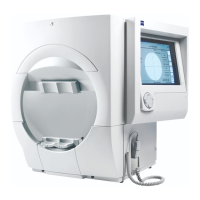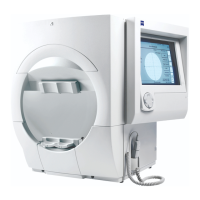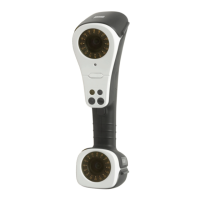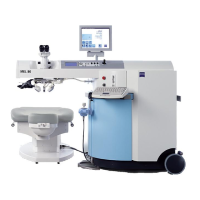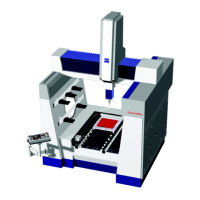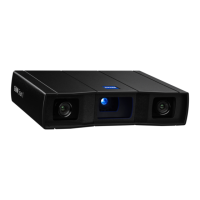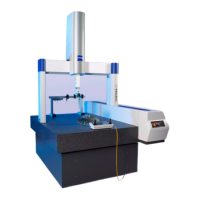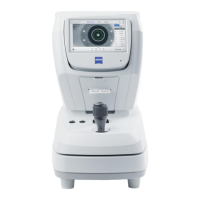Test Patterns & Parameters Go to Contents
HFA3 Instructions for Use 2660021166131 Rev. A 2018-11
A-8
Test Parameters
Threshold Test Settings
The following table displays parameter settings available only when Static
Threshold Testing is
chosen. Default values are shown in bold.
Parameter Parameter Settings Description
Test Strategy SITA-Faster SITA Faster reduces test time approximately 30%
faster than SITA Fast and 50% faster than
SITA Standard for the same patient tests. It is available with the Central 24-2 pattern only.
SITA Faster allows to add selected central locations back to
the 24-2 test pattern to create an
enhanced test pattern that can complete, on average, in the same time (or less) as a legacy
24-2 SITA Fast visual field. Resulting in a choice between running a quicker SITA Faster 24-2
visual field or a SITA Faster enhanced test pattern with the additional points. The Combined
test pattern (24-2C) will be run using SITA Faster test strategy only.
SITA-Fa
st This is a faster version of SITA. SITA-Fast cuts testing time in half relative to the FastPac
testing strategy, and is available for use with the Central 30-2, Central 24-2, Central 10-2,
and Peripheral 60-4 test patterns.
SITA-Standard SITA-Standard cuts testing time in half relative to the Full Thr
eshold strategy, and is available
for use with the Central 30-2, Central 24-2, Central 10-2, and Peripheral 60-4 test patterns.
SITA-SW
AP (Models
850 and 860)
This strategy uses SITA with Blue-Yellow testing (see page A-9). SITA-SWAP testing is only
available for use with the Central 24-2 test pattern.
Full Threshold The test strategy used prior to the adoption of SIT
A. Use with all Threshold test patterns. In
Full Threshold testing, an initial stimulus is presented at a level the patient is expected to see.
If seen, the stimulus intensity is decreased in 4 dB steps (0.4 log units) until the patient no
longer sees the stimulus; if not seen, it is increased in 4 dB steps until seen. The instrument
then changes direction, moving in 2 dB steps until a change in patient response occurs. The
last stimulus seen by the patient is recognized as the threshold for that point.
FastPac FastPac is similar to the Full Threshold strategy, but
decreases test time by about 40%. Use
with all Threshold test patterns. It follows a similar stair-stepping technique as in Full
Threshold, but uses 3 dB increments instead of 4 dB and crosses the threshold only once.
Foveal Threshold
(Models
840, 850,
and 860)
Off A threshold value for the fovea will not be measured.
On A threshold value for the fovea will be determined at
the beginning of the test. The foveal
threshold test presents stimuli inside the Small Diamond fixation target; the Small Diamond
will automatically be illuminated.
Fluctuation Off Threshold values for preselected points will not
be determined twice. Some points may be
retested even if fluctuation is turned off.
On Threshold values for ten (10) preselected points ar
e retested to determine the variability of the
patient’s responses. Threshold values for the retested points are printed on the numeric
printout and appear in parentheses directly below the first test result. Fluctuation values
which differ significantly from normal are flagged with appropriate “p” (probability) values.
Available for Full Threshold and FastPac tests only.
Table A-3
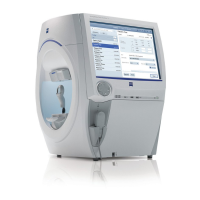
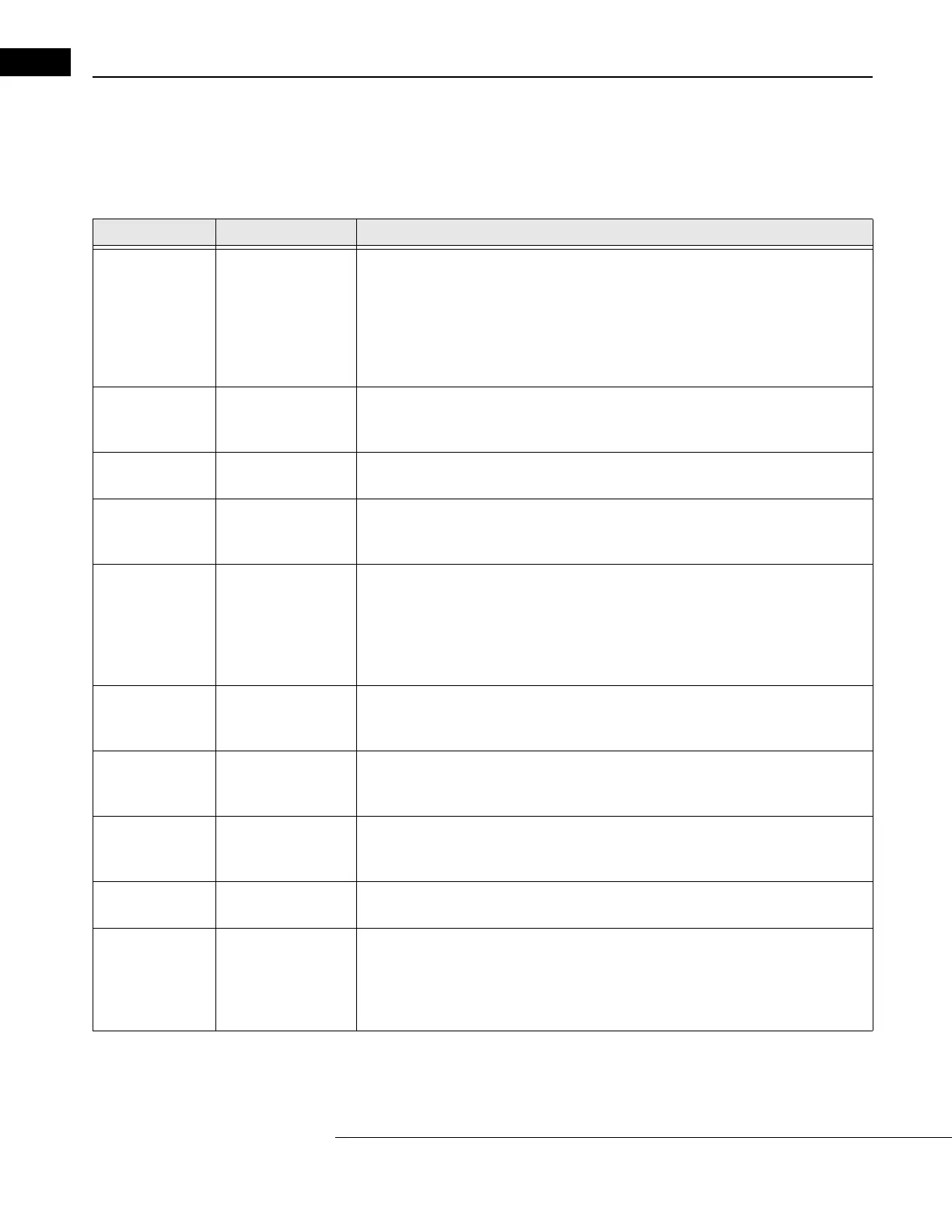